#desert millipede
Text

leggy
6 notes
·
View notes
Text
Desert Millipede
Orthoporus ornatus
Desert millipedes are typically brown or black with a cylindrical body and can live up to 10+ years old.
Discovered a whole group of desert millipedes, climbing up the side of an abandoned church, accidentally scared this one while recording.
19 notes
·
View notes
Text


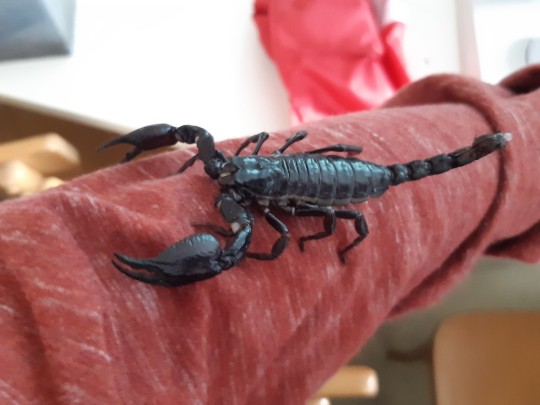
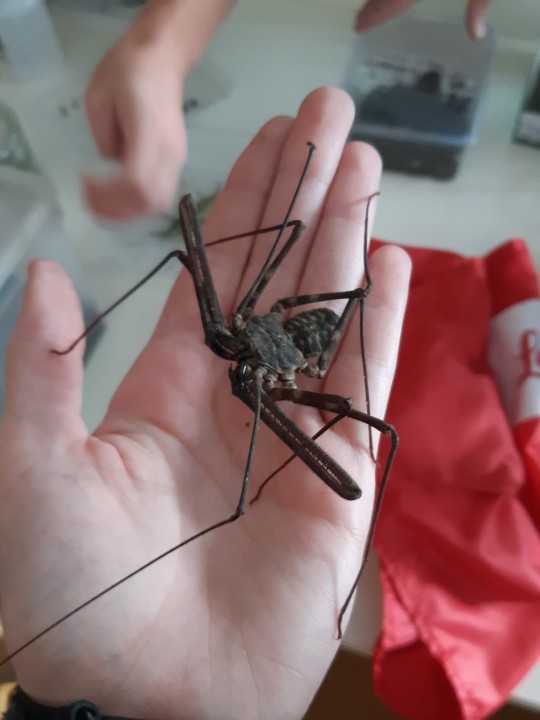
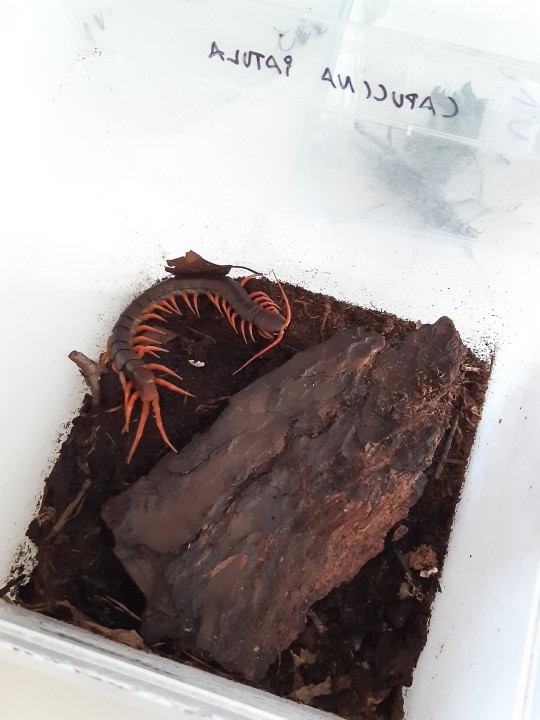
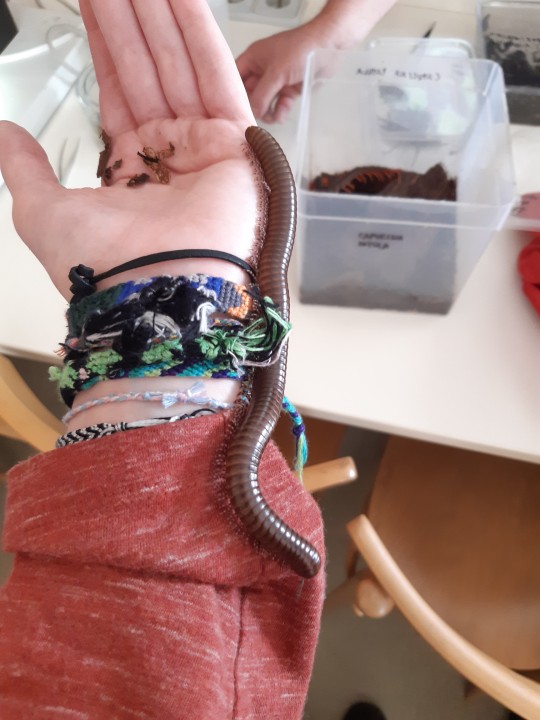
Little babies i got to hold the other day during my entomology practicum
#personal#entomology#insects#🪲#uni#university#giant african millipede#tarantula#scorpion#Tailless whip scorpion#millipede#giant desert centipede#centipede#insect
696 notes
·
View notes
Text
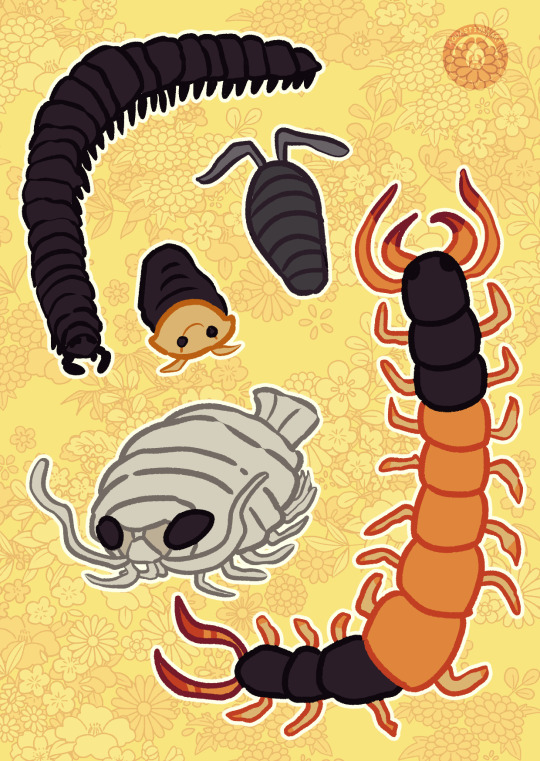
wonderful myriapods
Follow the Kickstarter Project
Ko-Fi / Patreon / Store
#illustration#digital art#animals#myriapod#millipede#centipede#isopod#rolypoly#giant african millipede#giant desert centipede#giant sea isopod#rubber ducky isopod#pill bug isopod#character art#stickers#sticker sheet#clip studio paint#nature
12 notes
·
View notes
Text

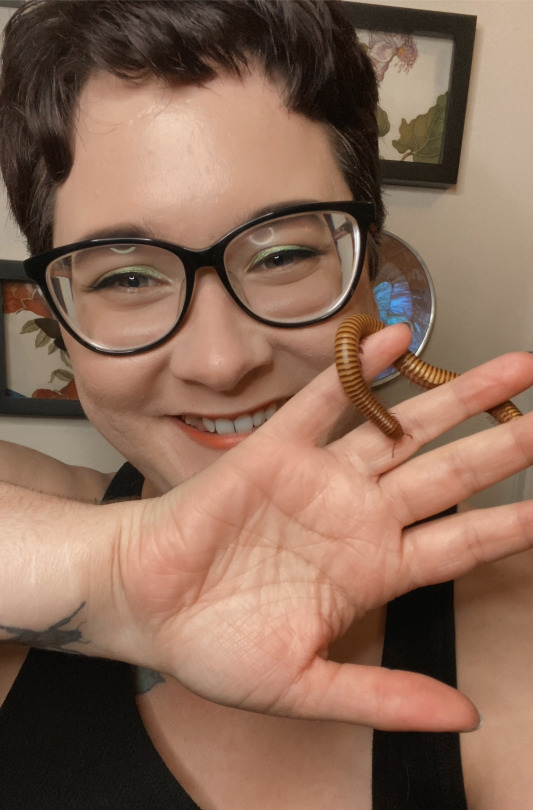

Millipedes arrived today! Orthoporus ornatus— Golden desert millipedes. 🐛💕
#beaus bug biome#beaus bugs#millipede#millipedes#golden desert millipede#Orthoporus ornatus#arthropoda#arthropods#arthropodology#myriapod#myriapoda#invertefest
72 notes
·
View notes
Text


¿quieres?
#accept the creatures#desert stink beetle (eleodes sp.) and millipede (tylobolus sp.)#have better pictures of that millipede will post them later#bugs#insects#millipedes#face
29 notes
·
View notes
Text

#life#photography#mental health#original photographers#nature#on the road#black and white photography#texas#desert#big bend national park#big bend#home#west texas#my pics#millipede
4 notes
·
View notes
Text

8/21/23
1 note
·
View note
Text
February 12th, 2024


Giant Whip Scorpion (Mastigoproctus giganteus)
Distribution: Found in the southwestern United States, including New Mexico, Arizona, Oklahoma and Texas, down through much of Mexico, as well as Florida.
Habitat: Found in arid habitats; deserts, scrub forests and grasslands, where they take shelter beneath plant debris, in rock crevices or in abandoned animal burrows. Can be found living at altitudes of up to 6000 metres.
Diet: Carnivorous; feeds on a variety of invertebrates, including cockroaches, crickets, millipedes, other arachnids, worms and slugs. Has also been documented feeding on small toads and frogs.
Description: Though their name would suggest otherwise, giant whip scorpions are more closely related to spiders than they are to true scorpions. This species is also referred to as the giant vinegaroon, as it has the capacity to spray a substance containing high concentrations of acetic acid, the same acid found in vinegar. They're able to spray up to 19 times in a row before their pygidial gland is depleted (though it fills up pretty fast; they're usually ready to go again the very next day!). This spray does not usually cause long-term harm, but can occasionally cause the skin to blister, as well as intense pain if it gets into the eyes. Luckily, they only spray when touched—as long as you remain at a respectful distance, you'll be okay! They may also deliver a painful bite or pinch with their powerful chelicerae, though they have no venom.
This species is usually considered to be beneficial, as it often hunts other undesirable arthropods, such as scorpions, as well as agricultural pests that may threaten crops. Giant whip scorpions are also fairly common in the exotic pet trade, as they're non-venomous and have a long lifespan; males can live to 10 years, and females, twice that long!
Images by Bryan Maltais and Diego Barrales.
114 notes
·
View notes
Text



˚₊𓆩༺🕷༻𓆪₊˚
welcome to my crypt! my name is katherine but i go by kati (she/her). 2300 year old vampire living in the desert. i’m a virgo with a love for all things spooky and cute. ཐི❤︎ཋྀ
some of my favorite music genres include post punk, new wave, darkwave, gothic rock & metal, deathcore, metalcore, screamo, death metal, black metal, nu metal, punk rock, pop punk, midwest emo & emo rap
interests: bats, wolves, moths, butterflies, spiders, scorpions, centipedes & millipedes, ravens & crows, owls, frogs, sharks, snakes, lizards, cats & dogs, halloween, dolls, draculaura, elissabat, figurines, plushies, sanrio, kuromi, hello kitty, squishmallows, trinkets, bones, oddities, wet specimens, taxidermy, fossils, plants, psychology, video games, anime, horror films, art, literature, manga & light novels, comics & graphic novels, true crime, goth clubs, tattoos & piercings, shades of purple and pink, vampires, werewolves, sirens, mermaids, faeries, dragons, elves, greek & celtic mythology, astrology, alternative fashion & makeup, glitter, jewelry, thrift shopping, whimsigoth, weaponry, crystals & crystal balls, tarot, potions, witchcraft, wicca & paganism, gloomy weather, autumn, candles, spiderwebs, cannabis, mushroom foraging and more~ ⋆。𖦹°‧★
enjoy your stay! ゚𐦍༘⋆
sideblog: @coffindollie

241 notes
·
View notes
Note
How do you breed bugs? Do they just go at it as soon as they’re capable of reproducing? Are they ever picky? Do you just open their container one day and suddenly find eggs you didn’t expect? I think about this every time breeding is mentioned, I’m curious on how it’s intentionally done.
vastly different for every animal, but I’ll try to condense it here; also I mainly have experience with the taxa I talk about below and don’t really know much about breeding scarab beetles, butterflies, shrimp & crabs etc.
the most basic stuff is things like isopods, some millipedes, and many cockroaches, which are kept in colonies and can breed freely—as you said most do so as soon as they can (I’ve seen pregnant isopods 1/4th of their maximum adult size). many cockroaches and all isopods are live-bearing, though, so there frequently aren’t visible eggs involved!
certain species of the above taxa need special care to trigger breeding or hatching: a cooling/drying/heating/moistening period of eggs or adults to mimic the seasons in nature. many desert or temperate species need this sort of climate control. in some cases these requirements are so strict that the species will not breed in culture—Orthoporus ornatus is a SW US species that has never been reliably bred; Asbolus death feigning beetles from the same area are usually collected as adults and kept on sand but larvae cannot successfully develop without richer organic material and humidity control, so sadly most people do not breed them even though it’s just a little more effort.
for solitary, cannibalistic predators like mantises, spiders, and centipedes that must be kept alone, one is usually introduced to the other under human supervision to make sure they’ll get along. feeding the hungrier sex (often females) may make them less prone to eating their mates; many mantises are best paired while the female is already occupied with food. tarantula egg sacs are often pulled from the mother and incubated artificially; spiders aren’t my thing and I don’t know fully why this is done (easier to catch and monitor health than 60 baby fuzzies down a deep burrow, I guess). scolopendromorph centipedes are dedicated mothers but will eat their own eggs if disturbed, so you’ve got to keep them dark and totally quiet with no food for several months until the kids are mobile.
sexing certain taxa is difficult too—in tarantulas and mantises sexual dimorphism can be extreme, whereas in most centipedes sexes are identical to the human eye and must be anesthetized and manually probed to tell.
some scorpions (all scorps are livebearing too) and some cockroaches, for example, are parthenogenetic, which means females just clone themselves and need no partner, which is a reproductive strategy that lends itself to colony keeping. certain stick insects and mantises can be facultative parthenogens that can pop out viable kids if they haven’t mated, but apparently these aren’t always the healthiest and pairing is best when possible.
120 notes
·
View notes
Photo
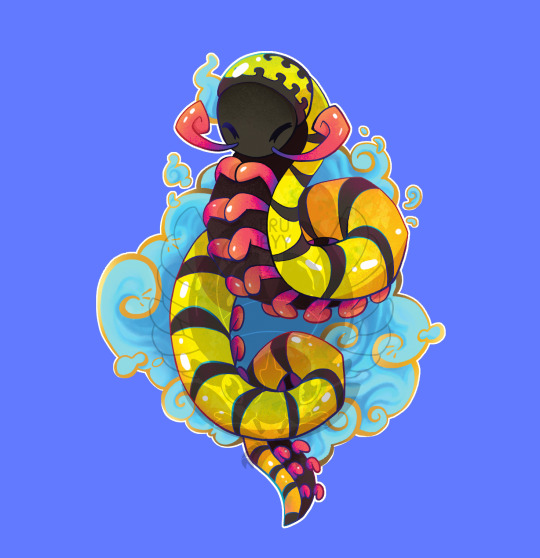
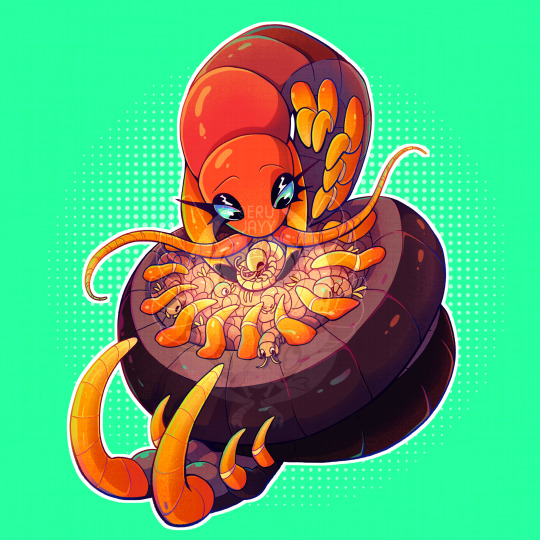


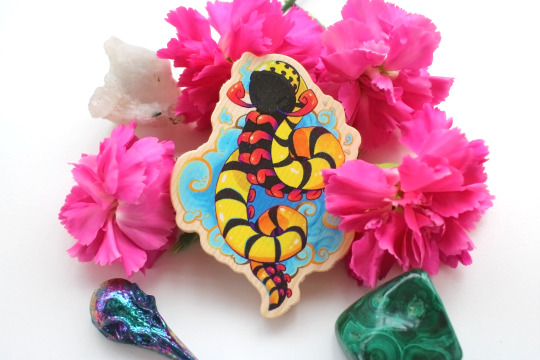


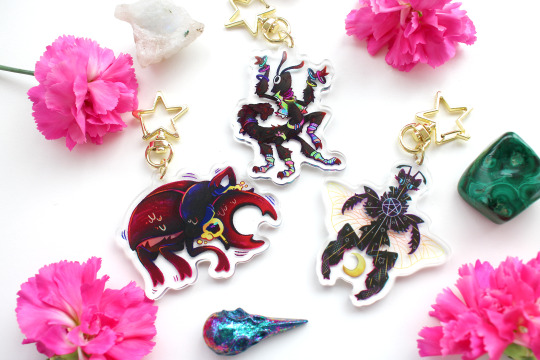
! FUNK BUGS !
Cute little critters to adorn your cave with.
Species: Bumblebee millipede | Desert Centipede | Trilobite Beetle | Prickly Stickbug | Stag Beetle | Orchid Mantis
Wooden pins 1 | 2 | 3
Charms
Stickers
#insect#bug#insect art#bug art#bugs#beetle#millipede#centipede#myriapod#trilobite#stickbug#mantis#orchid mantis#extatosoma tiaratum#reblogs really appreciated!!#etsy#charm#stickers#aesthetic#moodboard#pin#pins#wooden pin#myart#shop
542 notes
·
View notes
Text
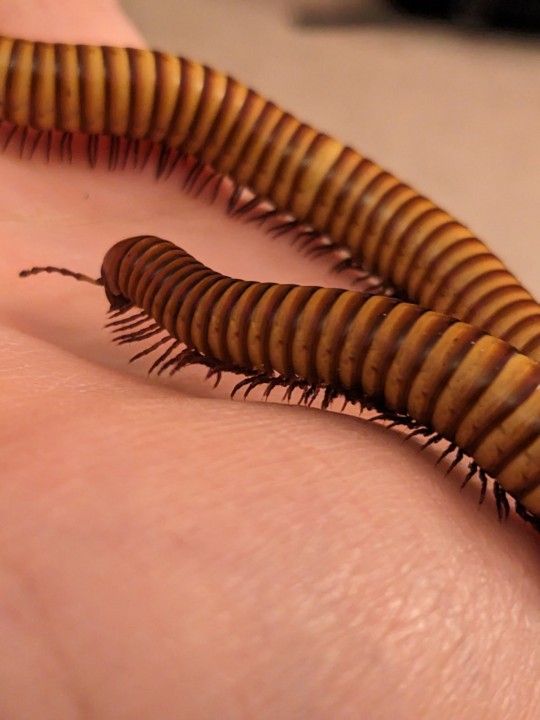


Orthoporus ornatus "gold desert millipede" | freya our long girl
10 notes
·
View notes
Text

Vinegaroon aka Whip Scorpion
Meet the vinegaroon. What’s a vinegaroon, you ask? Well, it’s not a macaroon with shredded coconut and hint of vinegar (Yeah, you’re not this week’s star baker). It has nothing to do with singing songs about misty highlands and the mysterious Brigadoon. Give up?
It’s an arachnid. Also known as a “whip scorpion” because of its whip-like tail. Unlike scorpions, the vinegaroon doesn’t sting; it just shoots acid at you that smells like vinegar, hence the name vinegaroon. Makes sense.
Vinegaroons are no threat to humans. Yeah, there’s the acid thing (think eye irritant) but they are not venomous. Like most things, they are relatively benign unless you annoy them. They can also pinch with their heavy mouthparts (pedipalps) to protect themselves.
Vinegaroons are nocturnal and can't see very well. Wow, that was blunt. They hunt millipedes, scorpions, crickets, cockroaches, and other invertebrates by sensing vibrations with their long, thin front legs.
Most commonly seen in the desert, this vinegaroon was taking a stroll around the Chisos Basin campground at Big Bend National Park, TX.
Image: NPS/CA Hoyt
via: National Park Service
35 notes
·
View notes
Note
I too like the lobster fit but I just wish it weren’t a lobster because lobsters belong to the sea and I just can’t make that big of a referential leap, you know? A millipede/centipede, a scorpion, a salamander, a dragon even—there are a ton of animals more appropriate for dune/desert dressing. They definitely could’ve gotten custom Schiaparelli to rework the animal part. 😫( PS I hate the hair )
He also could have just…not insisted on the literal theme dressing? Just let it be a lobster dildo (slash chastity belt).
7 notes
·
View notes
Text
Sandwing hybrid names
Sand/mud: quicksand, mamba, python, anaconda, kingsnake, bullsnake, diamondback, fossil, camel
Sand/sea: mirage, archipelago, island, heatwave, ray, sunfish
Sand/rain: Cactus, primrose, iguana, marigold, salamander
Sand/night: Scorpion, owl, fennec
Sand/ice: desert, frostburn
Sand/sky: magma, inferno, ember, ray
Sand/silk: orange, sandstone, yellow, gold, Sphinx,
Sand/hive: beetle, scorpion, whitetail, centipede, tarantula, millipede
Sand/leaf: marigold, primrose, cactus, agave, brittlebush
7 notes
·
View notes